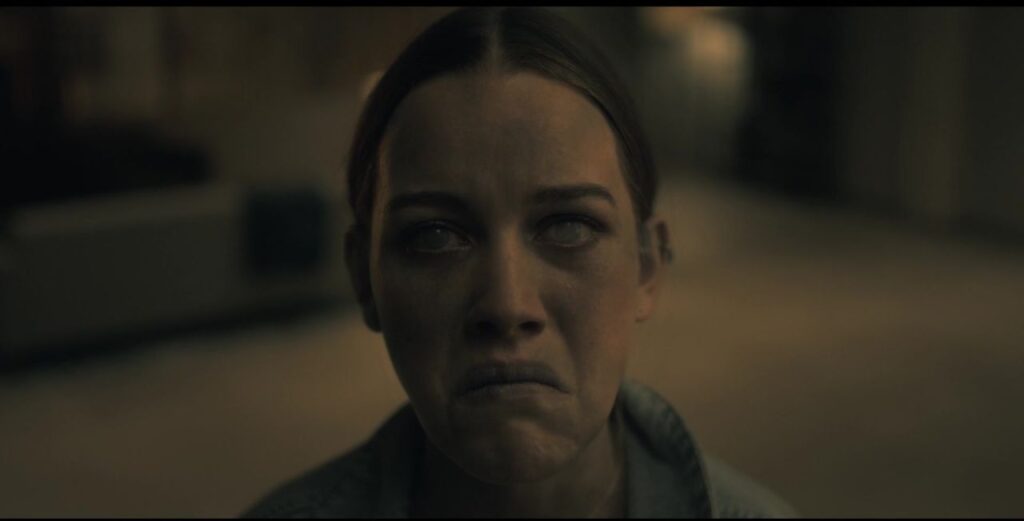
The Haunting of Hill House (Netflix, 2018) wrecked us all. It wasn’t the horror that was the real haunting of the show. The real haunting was grief. Trauma. Family dysfunctions. The stuff we carry long after the lights are off.
Shirley Jackson’s 1959 novel had its own flavor of uncanny dread (we’ll get there), but Mike Flanagan’s adaptation took it and cracked it wide open like a skull in a haunted basement. If you’re only watching for the scares, cool. But if you’re watching with your psych brain turned on? It’s a damn thesis on generational trauma. Unresolved grief. The psychology of memory. Let’s break that down.
Hill House Isn’t Haunted. They Are.
I’m gonna be blunt. The house is just a stage. What’s really decaying isn’t the wood or wallpaper. It’s the minds of the Crain family. That’s the genius of both the book and the show. It’s ambiguous as hell. Is the house doing this to them? Or are they doing it to themselves? In psychology, we talk about projection. That inner pain you don’t deal with. It spills outward. You see demons in the shadows because there are demons inside. Hill House takes this to the extreme. Everyone sees ghosts, but those ghosts aren’t random. They’re specific. Personal. Shaped out of their past and future wounds.
Eleanor Vance (Book) vs. Nell Crain (Show): The Dissolution of Self
In Shirley Jackson’s novel, Eleanor Vance is a fragile, lonely woman who might be breaking down… or might be the target of the house’s malice. Either way, the result is the same: her identity starts slipping. She loses her grip on reality. She starts becoming the house. Or maybe she always belonged there.
Now look at Nell Crain in the show. She’s kind of a modern Eleanor, a woman isolated by a lifetime of trauma, especially after witnessing the death of her husband (and her mother, and so on). Nell suffers from sleep paralysis, visual hallucinations, and that classic trauma cocktail of depression and dissociation. But the kicker is how the show plays with time and memory. Nell literally is the Bent-Neck Lady. Her suicide is prefigured throughout her life. That’s textbook retrospective suicide ideation. The idea that a future death casts a shadow backwards through memory. A haunting that’s self generated.
You don’t need ghosts when your own life is that heavy.
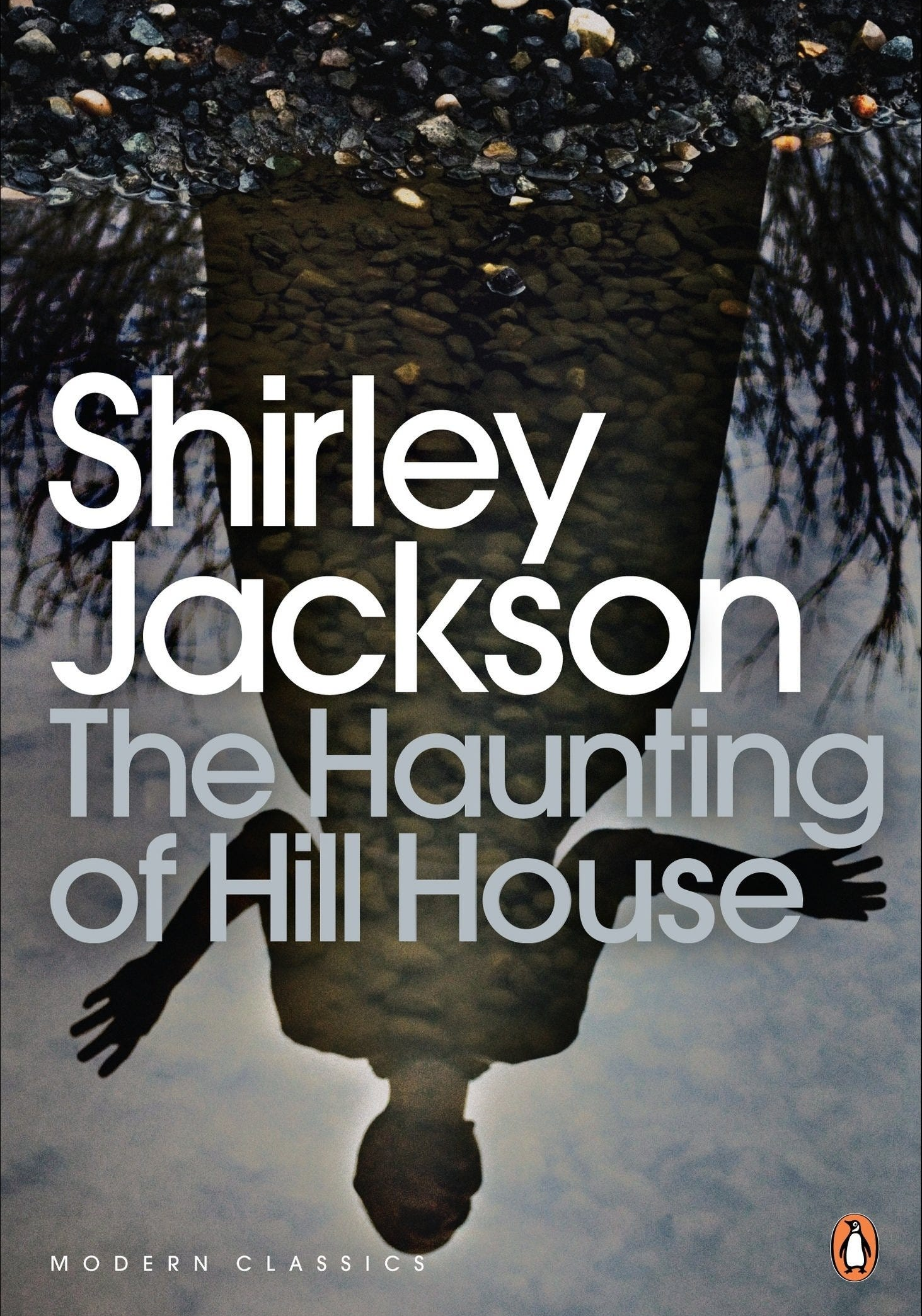
Luke Crain and Substance Abuse: Escaping the Ghosts with Heroin
Let’s talk about Luke. He’s the addict twin. But here’s the thing: in trauma psychology, twins often mirror or absorb each other’s wounds. Luke isn’t just numbing his own pain; he’s feeling Nell’s, too. That’s interpersonal trauma bonding. When someone else’s trauma becomes your own internal script.
His addiction isn’t weakness. It’s a desperate, physical attempt to block out the past. Drugs, in this case, are the exorcist. But they don’t work. Not really. Because you can’t detox grief. You can’t rehab a haunted past. You can only face it.
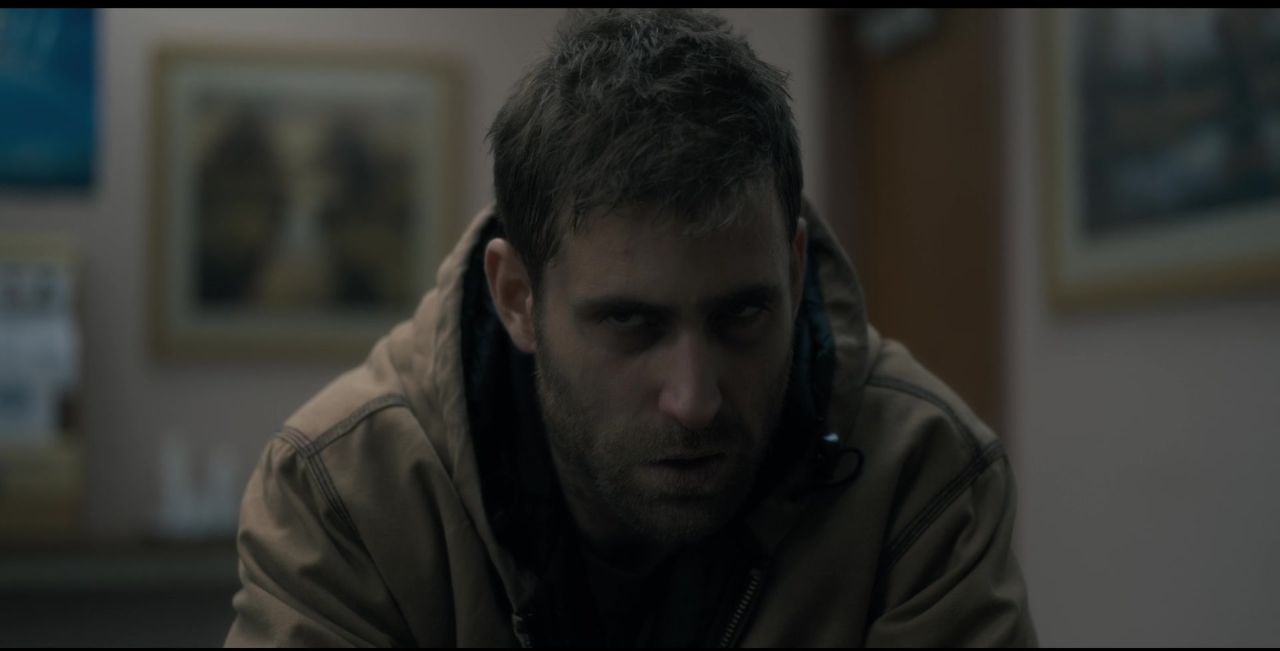
Shirley and Steven: Control Freaks In Denial
So you’ve got Shirley, who tries to out control death by literally becoming a mortician. She restores dead bodies because she couldn’t save her mom. That’s called trauma repetition. Reenacting your origin wound in symbolic ways.
Steven writes about ghosts but doesn’t believe in them. Classic rationalizer. Classic eldest sibling “I have to keep it together” energy. He intellectualizes everything because feelings are too dangerous. That’s emotional repression 101. He monetizes the family pain just to create distance from it. “If I can explain it, it won’t hurt me.”
Spoiler: it still hurts him.
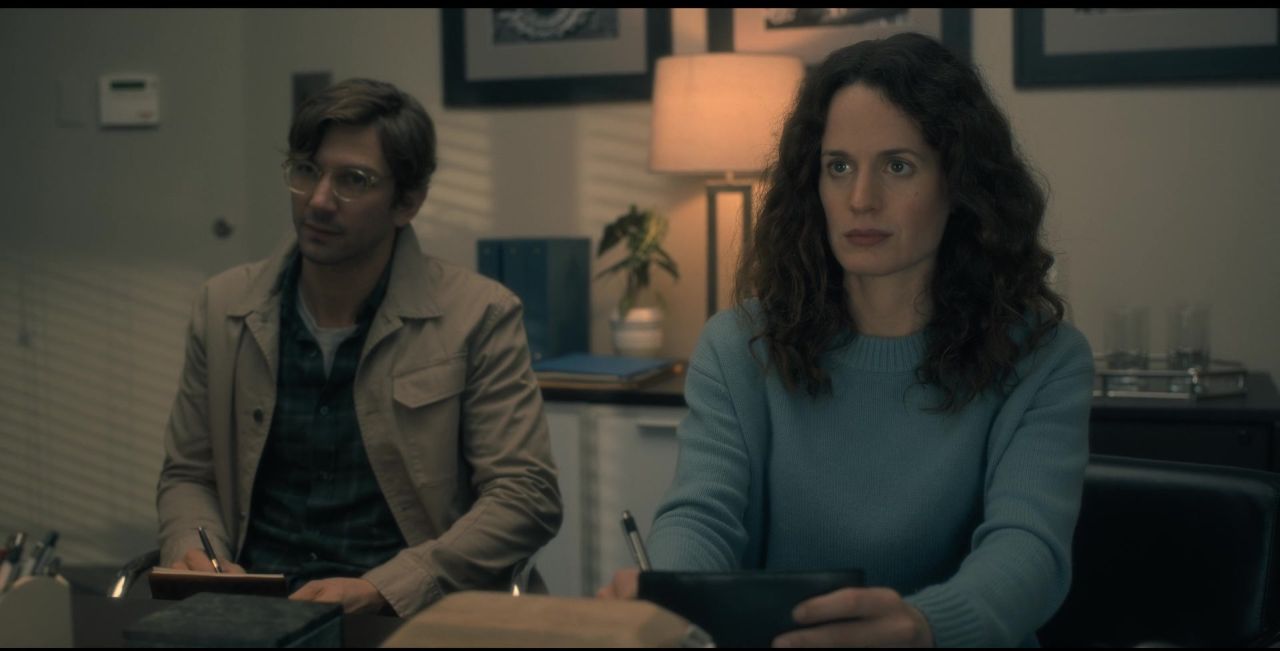
Theo: The Empath with Boundaries of Steel
Theo’s psychic touch isn’t just a cool gimmick. It’s a metaphor. She feels everything. Every trauma. Every wound. That’s the curse of high empathy. And how does she cope? She shuts down. Wears gloves. Keeps people out. That’s the psychology of defense mechanisms. Avoidant attachment styles. Emotional walls so thick, no ghost could get through.
Except they do. They always do.
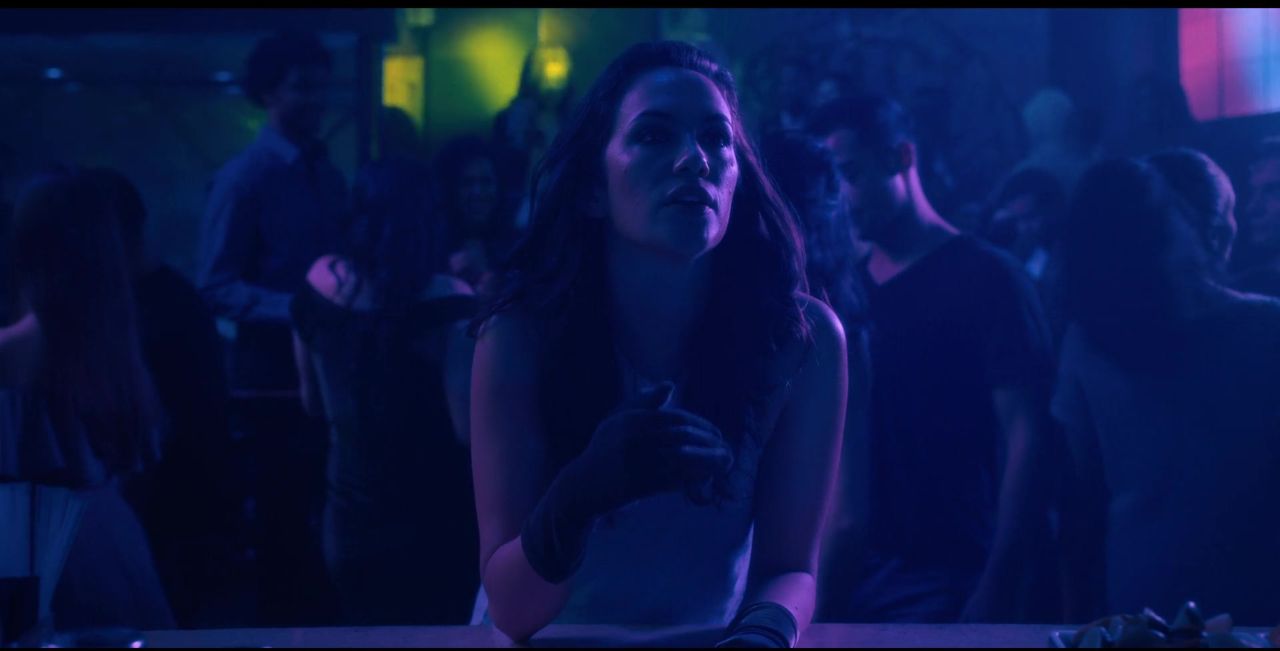
Olivia Crain: The Matriarch’s Madness
Here’s where the show (and Jackson’s spirit) get raw. Olivia Crain doesn’t just go mad. She’s warped by the house, or by grief, or by loss, or by time. The truth is: maternal mental illness is still stigmatized as hell. Olivia is what happens when a mother can’t protect her children. And worse… feels responsible for their future pain.
She wants to keep them “safe” in death. That’s a perverse version of maternal protection instinct. But dig deeper and you’ll find something called folie à deux, shared psychosis. Her bond with the house is symbiotic. The house doesn’t just feed on her… she feeds on it, too.
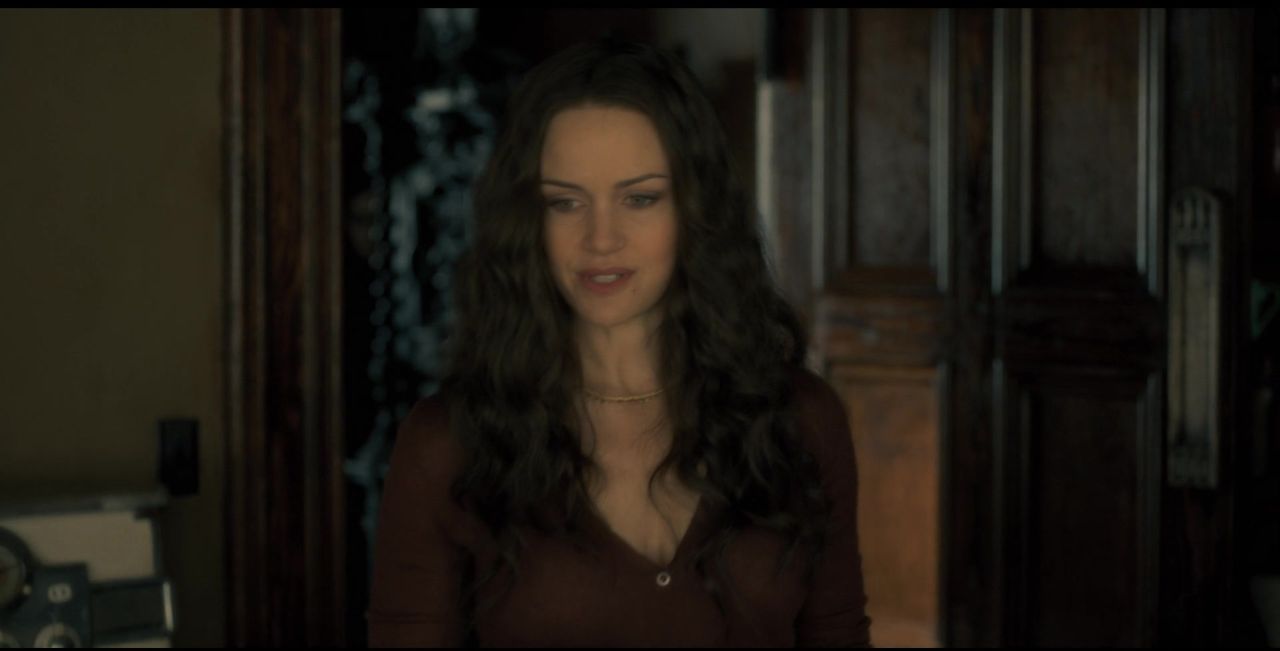
Memories Is the Real Ghost
Here’s the truth: Hill House is less about what happened and more about how each person remembers it. And memories are… messy. It’s unreliable. Especially when it’s trauma tainted.
In PTSD, flashbacks aren’t memories. They’re relivings. Hill House characters don’t remember what happened. They re-experience it. That’s why timelines collapse. Why reality bends. That’s not supernatural. It’s psychological realism.
And Shirley Jackson knew this. In the book, Eleanor doesn’t experience a haunting like a ghost tour. It’s an unraveling. Her identity, her memory, her perception. It all blurs. Same with the show. The real horror is that you can’t trust your own mind.
The Family Dysfunction Is the Haunted House
Bowen family systems theory says trauma in families doesn’t happen in a vacuum. It moves. It spreads. It lingers across generations. Hill House is the embodiment of that. A system where everyone is trying (and failing) to deal with inherited pain. One sibling isolates. Another numbs. One controls. One runs. One dies. It’s not about “who was right.” It’s about survival strategies that stopped working when they grew up.
The house just gave those strategies a shape. A color. A door that’s always locked, but somehow always open.
Closing the Red Room: Integration Over Exorcism
That infamous Red Room. The one that’s a different room for everyone. It’s some creepy puzzle waiting to be solved. It’s Jungian as hell. The Red Room is the subconscious. The shadow self. That thing you don’t want to face because it’s too real.
Every character sees it differently because everyone hides different things. But once they name it, face it, it loses its power. That’s the core of trauma work. Not running away. Not fighting it. But integration. Looking your pain in the face and saying, “Yeah. I see you.”
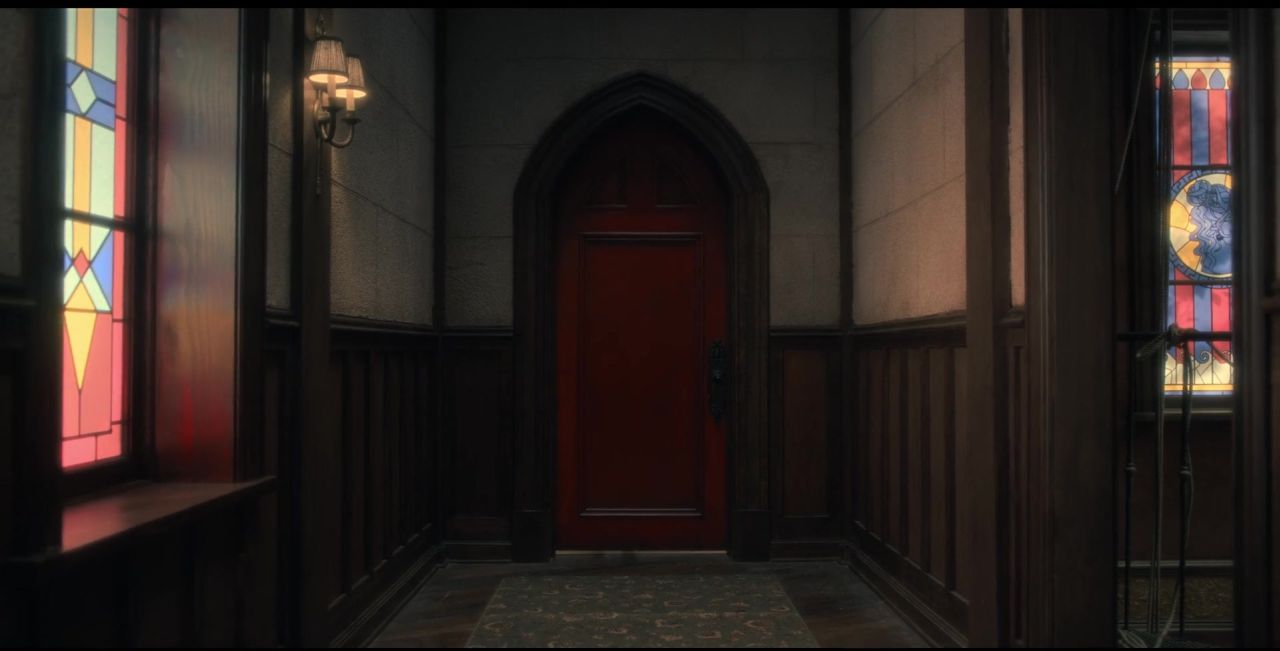
Final Thoughts from the Couch (Or the Therapist’s Chair)
The Haunting of Hill House is about the psychological debris left behind when love dies. When safety dies. When childhood dies. It’s a grief story wearing a horror mask.
That’s why it hurts so good. That’s why people cry more than scream. Because we’ve all got our own Red Rooms. Our own Bent-Neck versions of ourselves. And maybe, like the Crains, we’re just trying to find our way back to the light.
Or maybe we’re learning that the only way out of the house… is through it.




